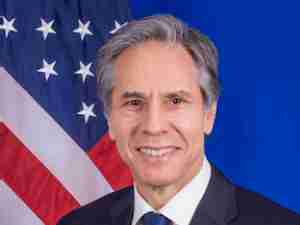Indonesia’s economy grew slightly better than expected last quarter, supported by a pick up in exports while consumer spending continued to disappoint. Stocks and the currency pared losses.
Rising exports and investment helped boost growth to the fastest pace since 2016. But consumer spending remains sluggish even after an aggressive run of monetary policy easing, and risks including higher rates in the U.S. are looming that could worsen financial market volatility.
Key Points |
|---|
|
“It’s not enough for Indonesia,” said David Sumual, chief economist at PT Bank Central Asia in Jakarta. “We need more than 5.2 percent, about 5.5 percent, to create the jobs that are needed. The government has some homework to do to figure out what must be done to get people spending.”
Household spending grew 5 percent in the fourth quarter from a year earlier, while government expenditure rose 3.8 percent. Investment increased 7.3 percent while exports strengthened 8.5 percent.
Click to read: Indonesia’s Fourth Quarter GDP: Detail
Retail sales grew just 2.6 percent in December compared to a year earlier. Given that spending by businesses and consumers makes up about half of Indonesia’s GDP, it’s set to remain a problem for President Joko Widodo, who has targeted growth of 7 percent.
The Jakarta Composite Index pared losses to 0.6 percent after being down as much as 1.6 percent before the data was released. The rupiah was down 0.3 percent to 13,498 per dollar as of 2:24 p.m. in Jakarta, after losing as much as 0.4 percent earlier.
Finance Minister Sri Mulyani Indrawati expects a pick-up in growth this year as global trade strengthens. The central bank is forecasting growth of 5.1 percent to 5.5 percent this year.
Josua Pardede, an economist at PT Bank Permata in Jakarta, said the ongoing recovery in the global economy, particularly in China, the U.S. and Japan, had contributed to the pick up in exports.
“There are still concerns about private consumption, which is still below 5 percent, although this was offset by exports, investment and government spending,” he said.
End of Easing
Bank Indonesia has signaled the end of policy easing after 200 basis points of interest rate relief over the past two years. Governor Agus Martowardojo said last month that the benchmark rate of 4.25 percent is in line with efforts to maintain economic stability and boost the economic recovery.
Pardede said the central bank would likely maintain its current policy rate amid signs that “growth momentum continues to improve”.
What Our Economists Say…
With inflation and growth moving in line with Bank Indonesia’s forecasts, the central bank’s neutral rate bias probably remains intact.
— Tamara Henderson, Bloomberg Economics








